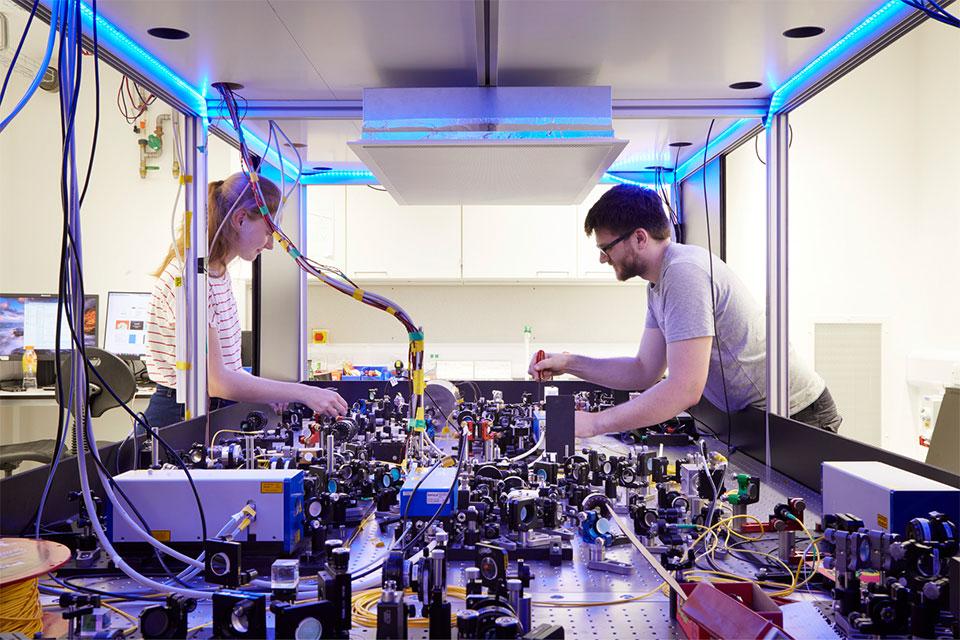Beecroft Building
Prof. Philip Russell, FRS
Max Planck Institute for the Science of Light
ORCID
Abstract
Photonic crystal fibres (PCFs), hair-thin strands of glass with a complex microstructure of hollow channels running along their length, open up many new opportunities for controlling the propagation of light. An example is twisted PCF, which creates optical vortices that carry orbital angular momentum, as well as providing an elegant means of providing circular birefringence and dichroism. Intense optomechanical interactions in solid-core PCF can be used for stable all-optical mode-locking of fibre lasers at a high harmonic (a few GHz) of the round-trip frequency. "Single-ring" hollow-core PCF, comprising a ring of thin-walled capillaries surrounding a central hollow core, guides light over an extremely wide frequency range, ideal for experiments with femtosecond pulses. Pressure-adjustable dispersion in gas-filled PCF makes possible pulse compression to single-cycle durations and underpins a range of unique and extremely bright sources of tuneable deep and vacuum ultraviolet light. Efficient, thresholdless, state-preserving wavelength up-conversion of single photons, using Raman coherence in hydrogen-filled hollow-core PCF, has very recently been reported. A selection of recent results will be presented.

